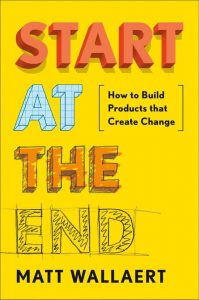3. The ethics of Behavioural Design
Behavioural Design is dark wisdom. The difference between positive influence and manipulation is a very fragile line. In the end, we have to be aware that Behavioural Design is about using deliberate action and techniques to influence the behaviour of the other in the direction you want.
The problem is that those who want to design for good quite often feel bad about using dark forces. Whereas those who use this dark wisdom to manipulate and mislead are usually much more motivated, advanced, and have fewer scruples about its application. Think about how extreme-right populists exploit fear and uncertainty, or think about how technology companies use our vanities and our desire for social recognition and belonging to the extent that it leads to (social media) addiction.
The world of interaction design is full of “dark patterns“, which are manipulative ways to present choices to us in such a way that they manipulate us into making a specific decision, whether we want it or not.

At SUE, we are very sensitive to this ethical component. We even encoded it in our mission. The SUE mission is “to unlock the power of behavioural psychology to help people make better decisions in work, life and play”. Our point of departure for designing interventions for behavioural change always starts with the question, “How might we help people to make better choices? Moreover, how could we create products, services, and experiences to contribute to helping people achieve their goals or dreams? Our commitment to this mission is sacred, even to the point that we refuse to accept work that doesn’t match this mission. You can find more about this way of thinking below at “5. Outside-in Thinking“.
More on the ethical side of Behavioural Design:
4. Behavioural Design is about designing choices
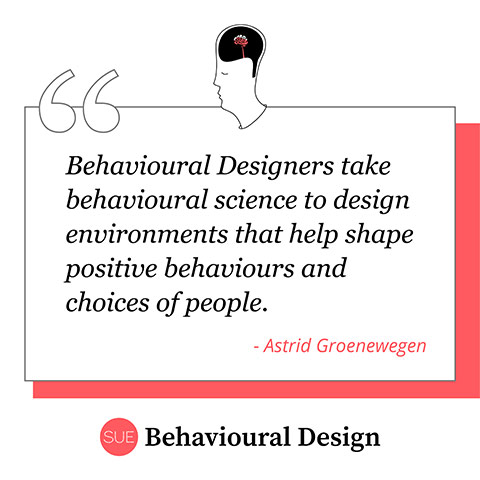
Multiple levels of influence
In a certain sense, the term ‘Behavioural Design’ is a little bit misleading. Behavioural change is the outcome we aim for when we design an intervention. When we want to achieve this outcome, we need to create interventions on multiple levels at the same time:
- Design attention: How do you make sure something catches people’s attention?
- Trigger curiosity: How do you get people to invest time and mental energy to learn more about what you want from them?
- Change the perception: how do you get something to stand out as the attractive option between other choices? How do you design the desired perception?
- Design the experience: How do you get someone to have a positive feeling? How can you reduce stress or uncertainty?
- Trigger the behaviour: How do you trigger the desired behaviour? How can you increase the chance of success that people act upon your trigger?
- Change habits: How can you get people to sustain the behaviour? Most behaviours require much more than a one-time action. Think about saving, living healthy, exercising, recycling, collaborating, etc.
Thinking fast and slow
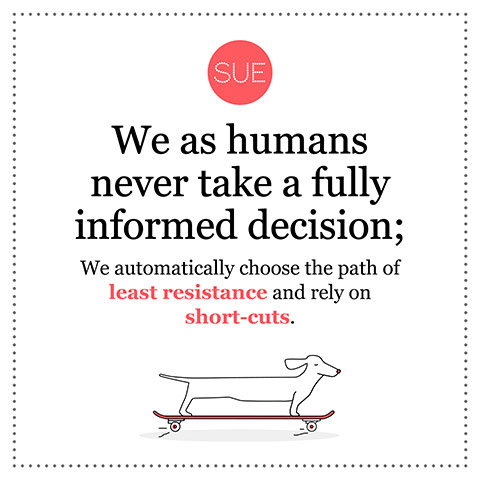
This simple list of influence levels teaches us that:
Behavioural Design is all about how we design choices and how we present those choices.
Behavioural Design has everything to do with human decision-making and how the brain works. The cornerstone of human decision-making is the masterpiece “Thinking Fast and Slow” by Kahneman and Tversky. This book – awarded with the Noble Memorial Prize in Economic Sciences in 2002 – is the fascinating journey of the collaboration between two Israeli psychologists and their discoveries of how the mind works. This book is the ultimate work on thinking about thinking.
Kahneman and Tversky discovered that about 96% of our thinking is automatic and unconscious. Our brain is making most of the decisions for us by taking shortcuts – which they call heuristics -, with the goal of not having to invoke the 4% bandwidth of our slow, rational brain. In a way:
Influencing behaviour comes down to helping people to decide without having to think. Because the more we need to think about something, the more stress we get, the less we end up making choices.
Since 2018, we now have a second psychologist in the ranks of noble prize winners. Richard Thaler built upon the work of Kahneman and Tversky and zoomed in on how to make use of System 1-System2 thinking to nudge people into better decision-making in wealth, health, and happiness.
Our hard-wired tendency to persuade
When it comes to our attempts to influence minds and shape behaviours, our biggest fallacy is that we always tend to persuade the other with rational arguments. The problem with persuasion is two-fold:
- Persuasion evokes system 2-thinking, and we don’t like that. When you try to persuade someone, you want them to think about your argument. Thinking complicates things.
- System 2 is the little slave of system 1: we only accept rational arguments or facts when they align with how we already think about matters. You can only persuade someone who’s already convinced.
The real challenge is to make a decision making extremely easy. More about designing choices:
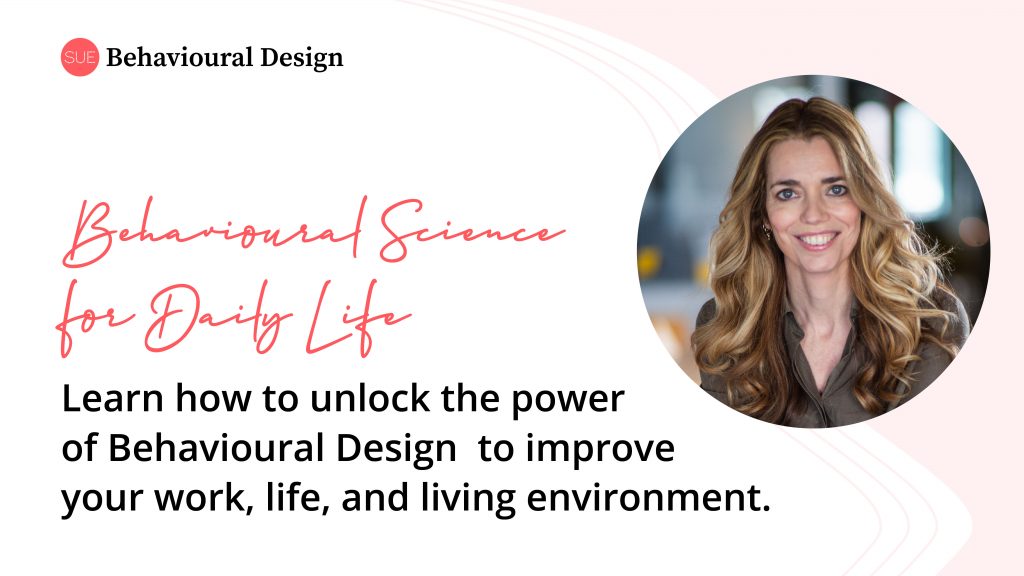



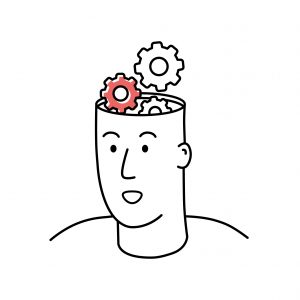










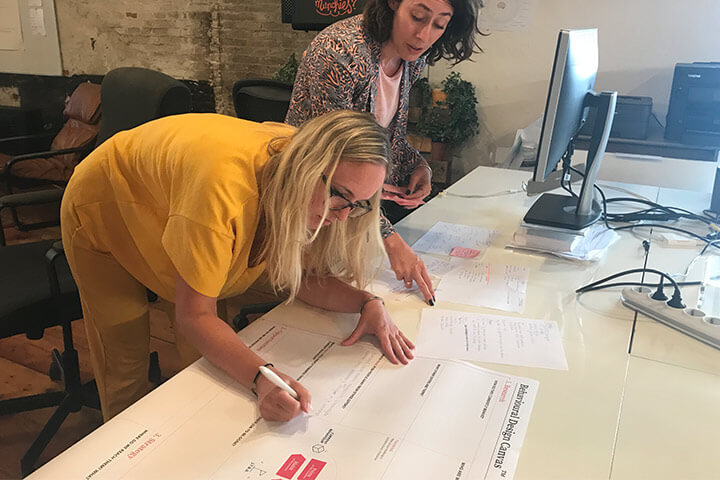
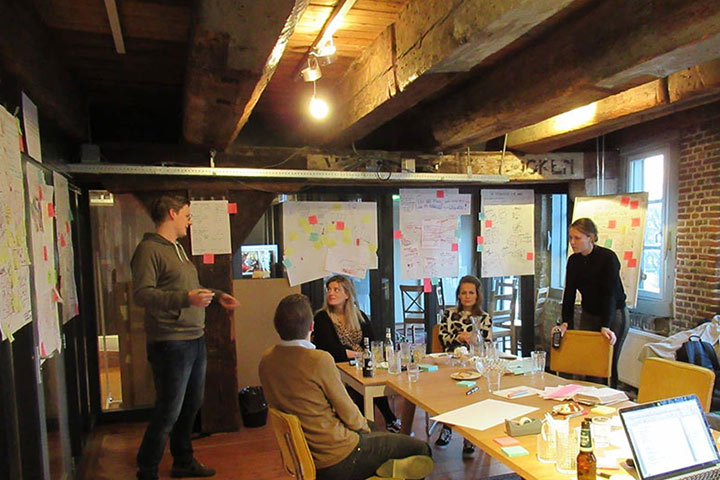
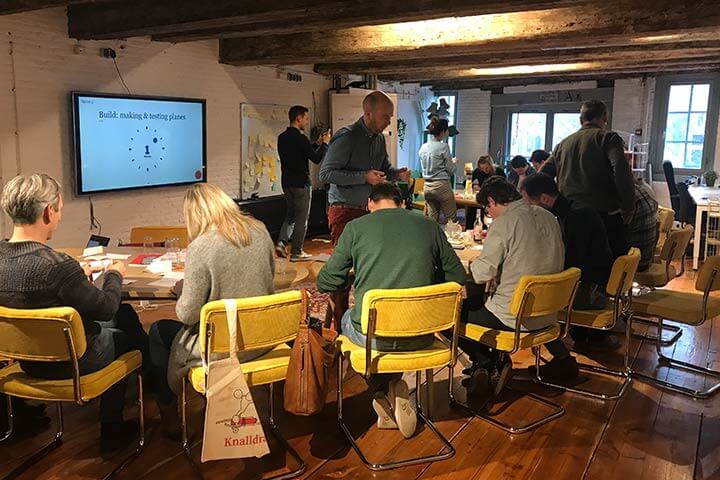
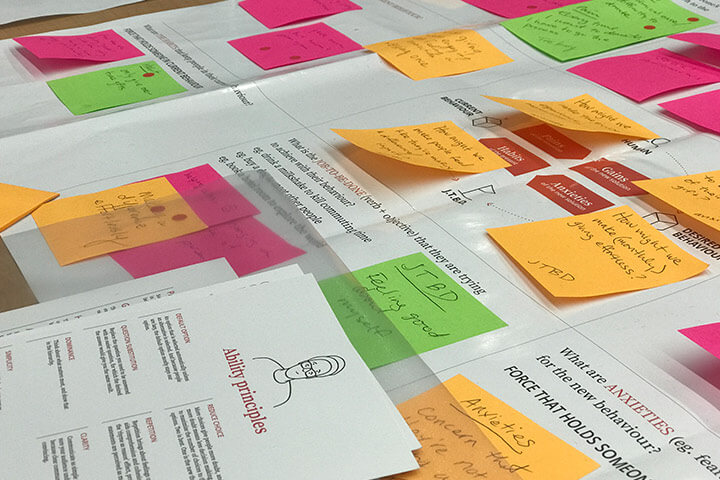

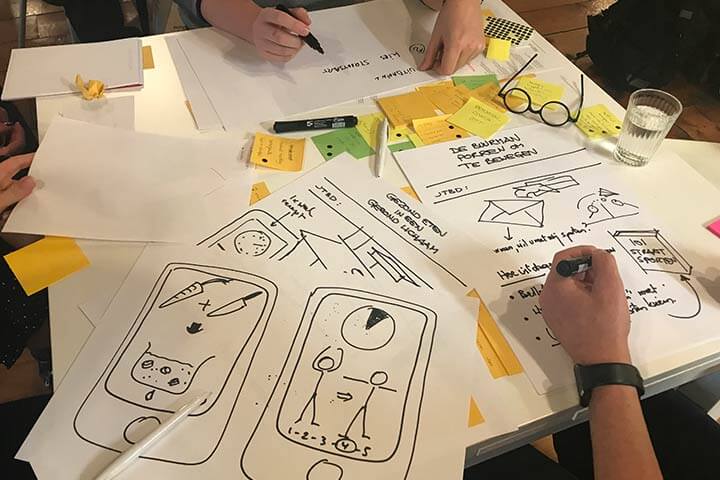


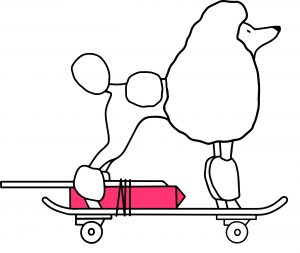
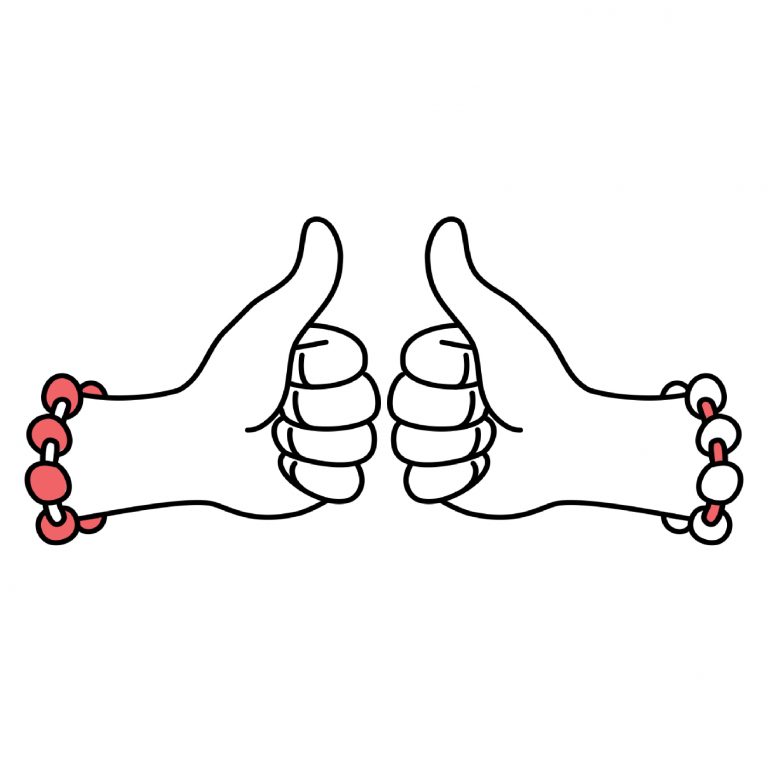





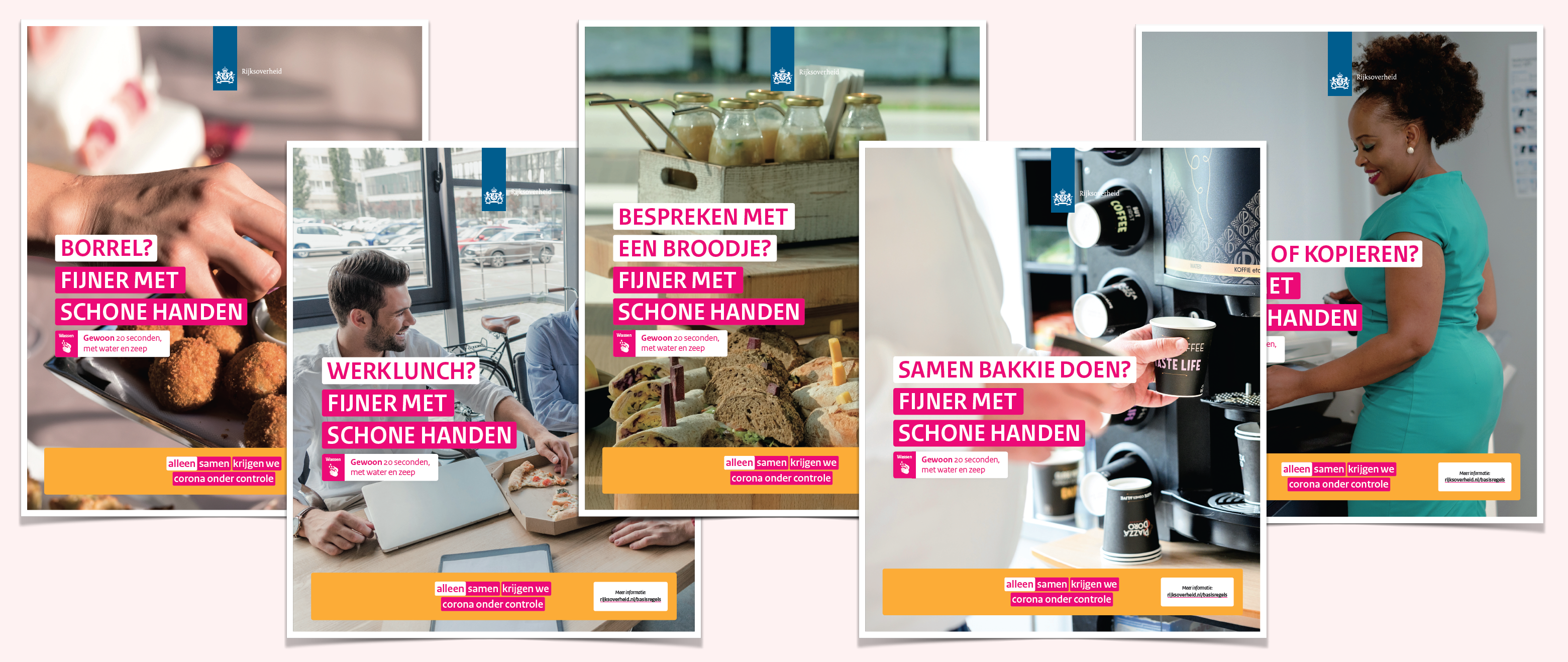




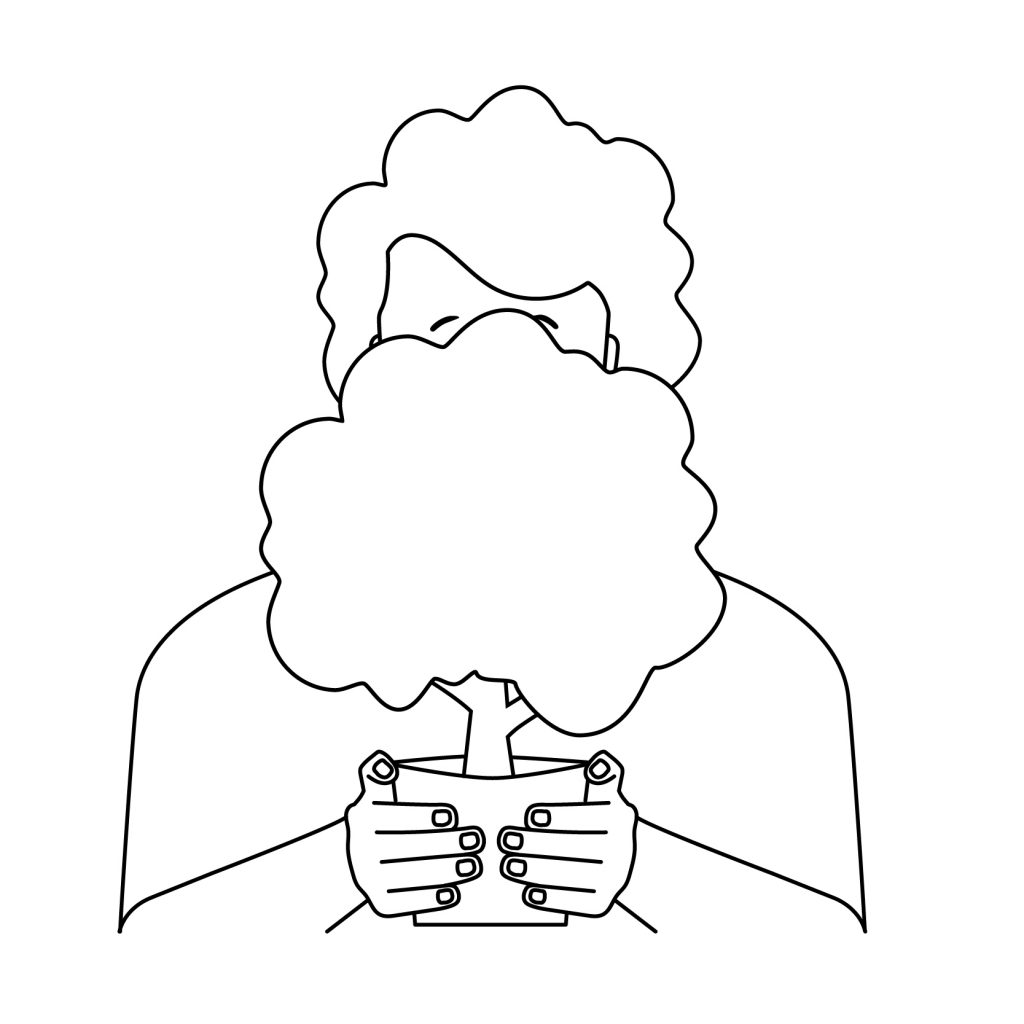

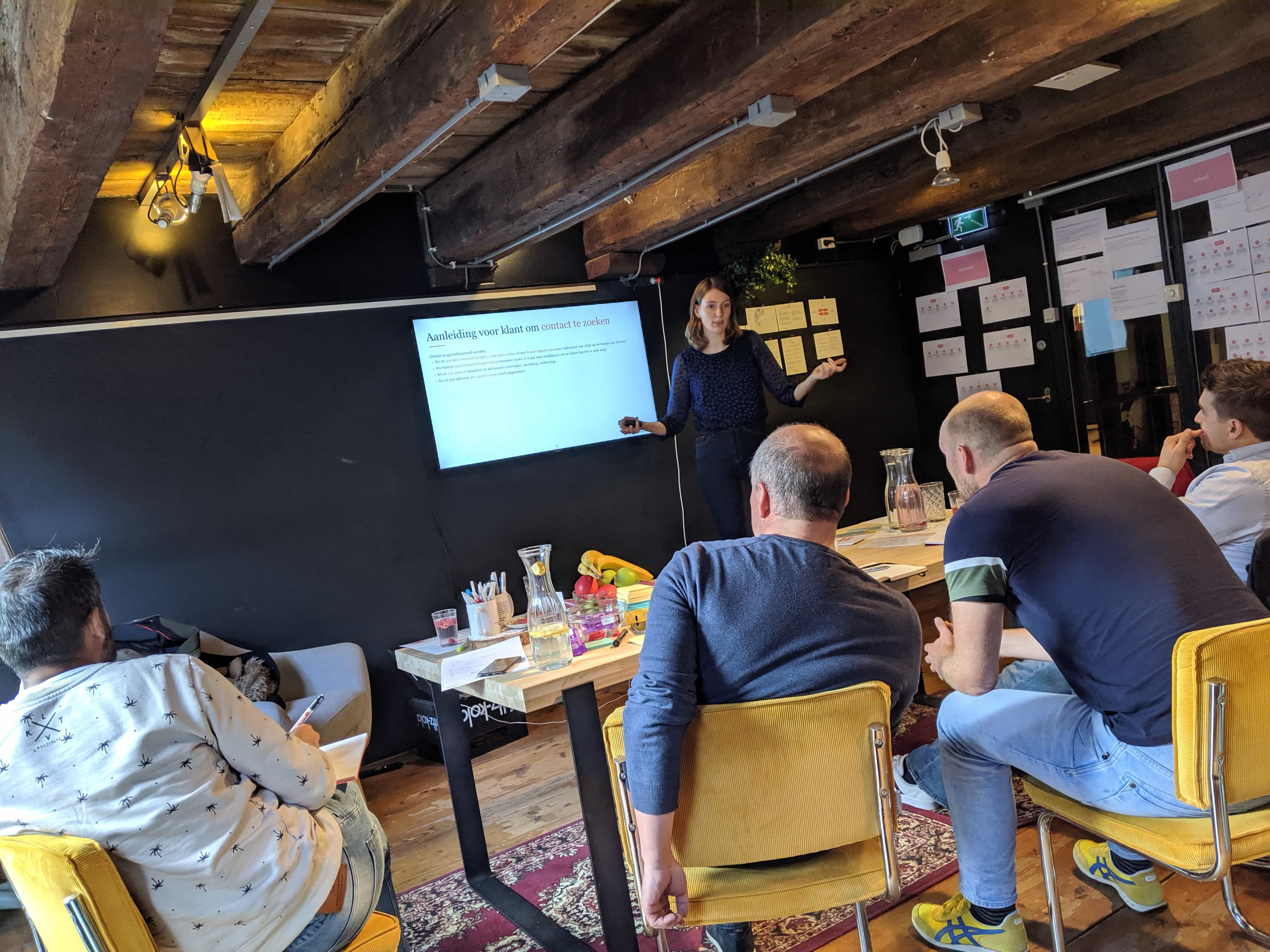
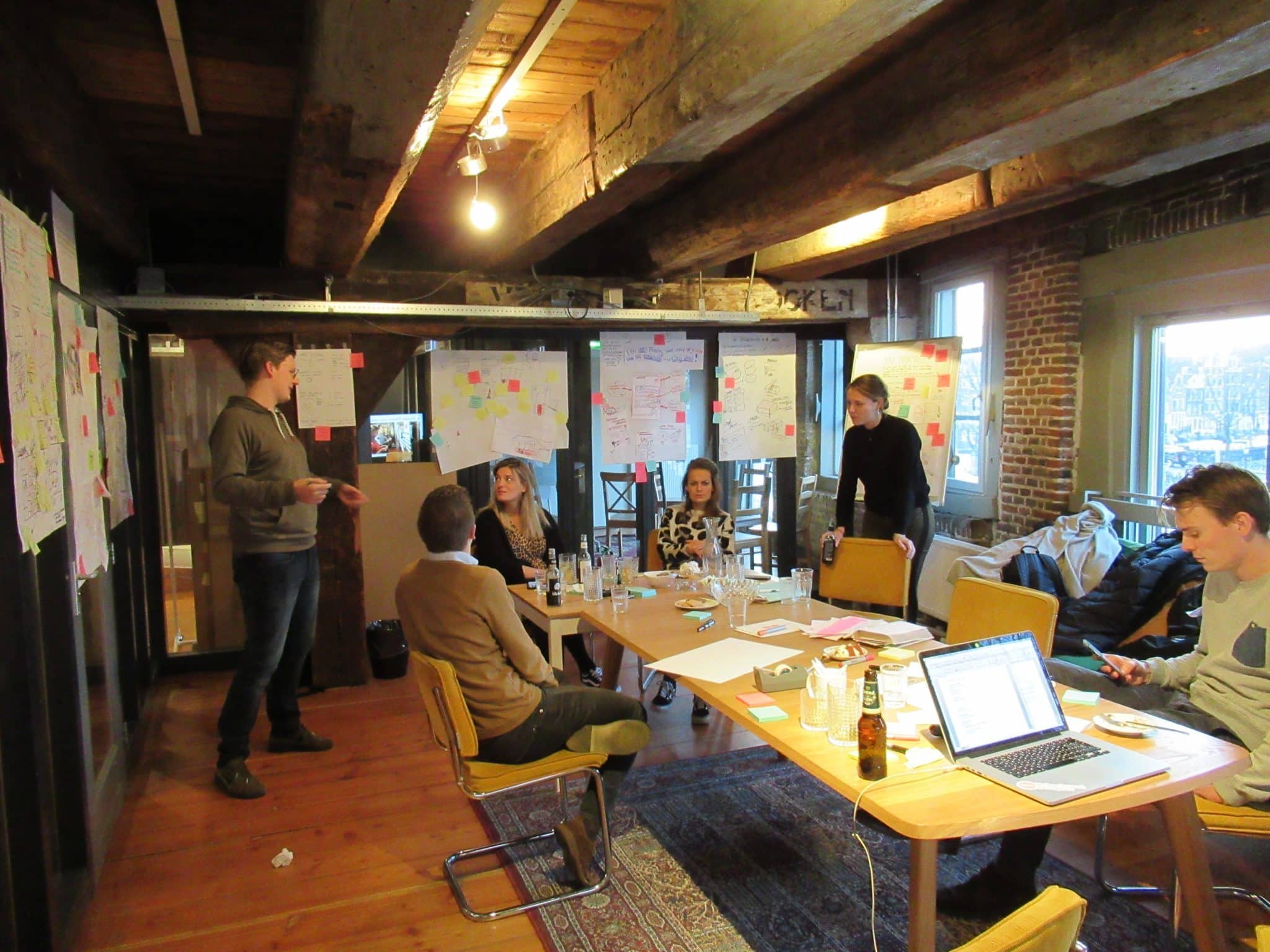

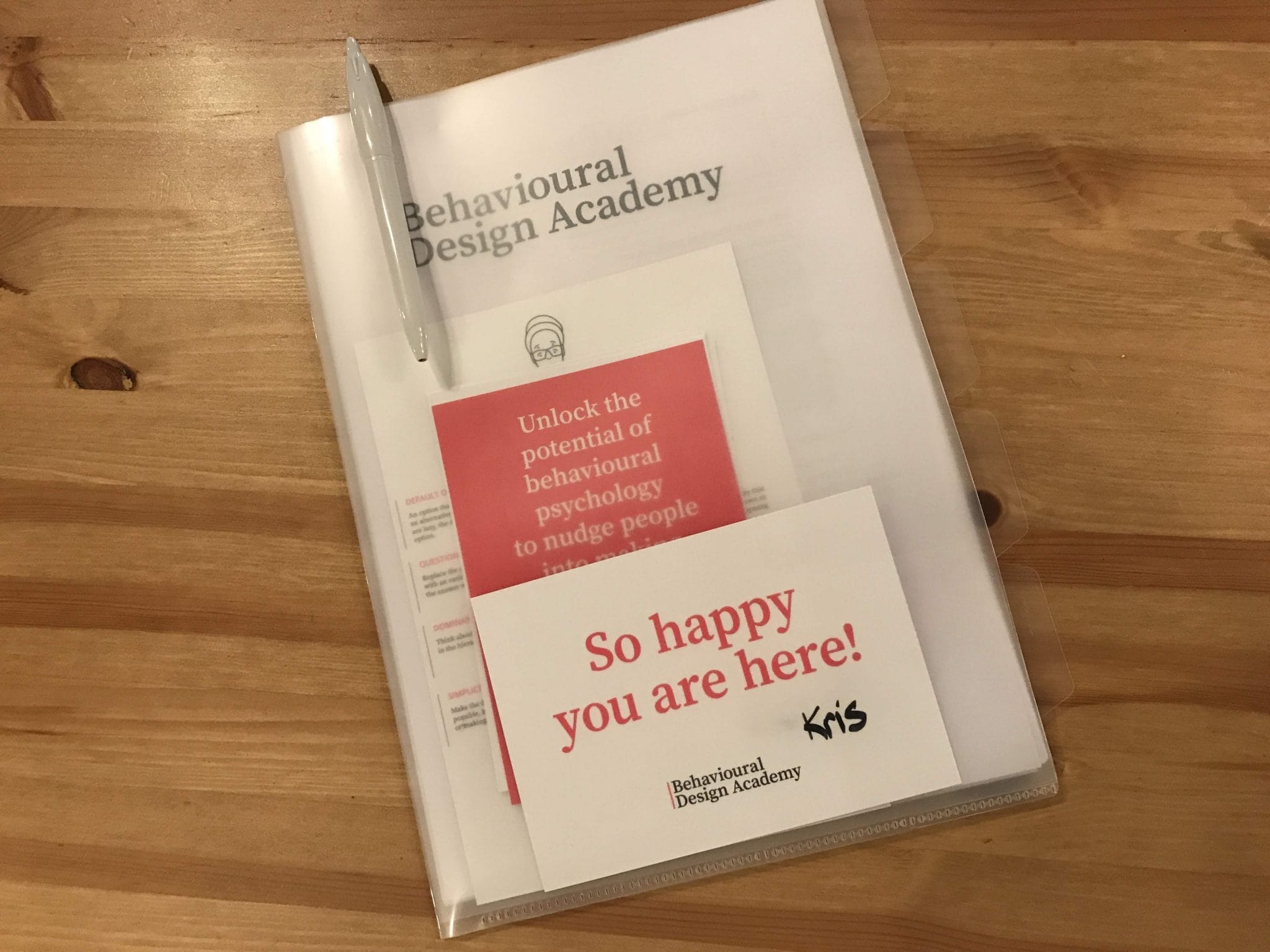
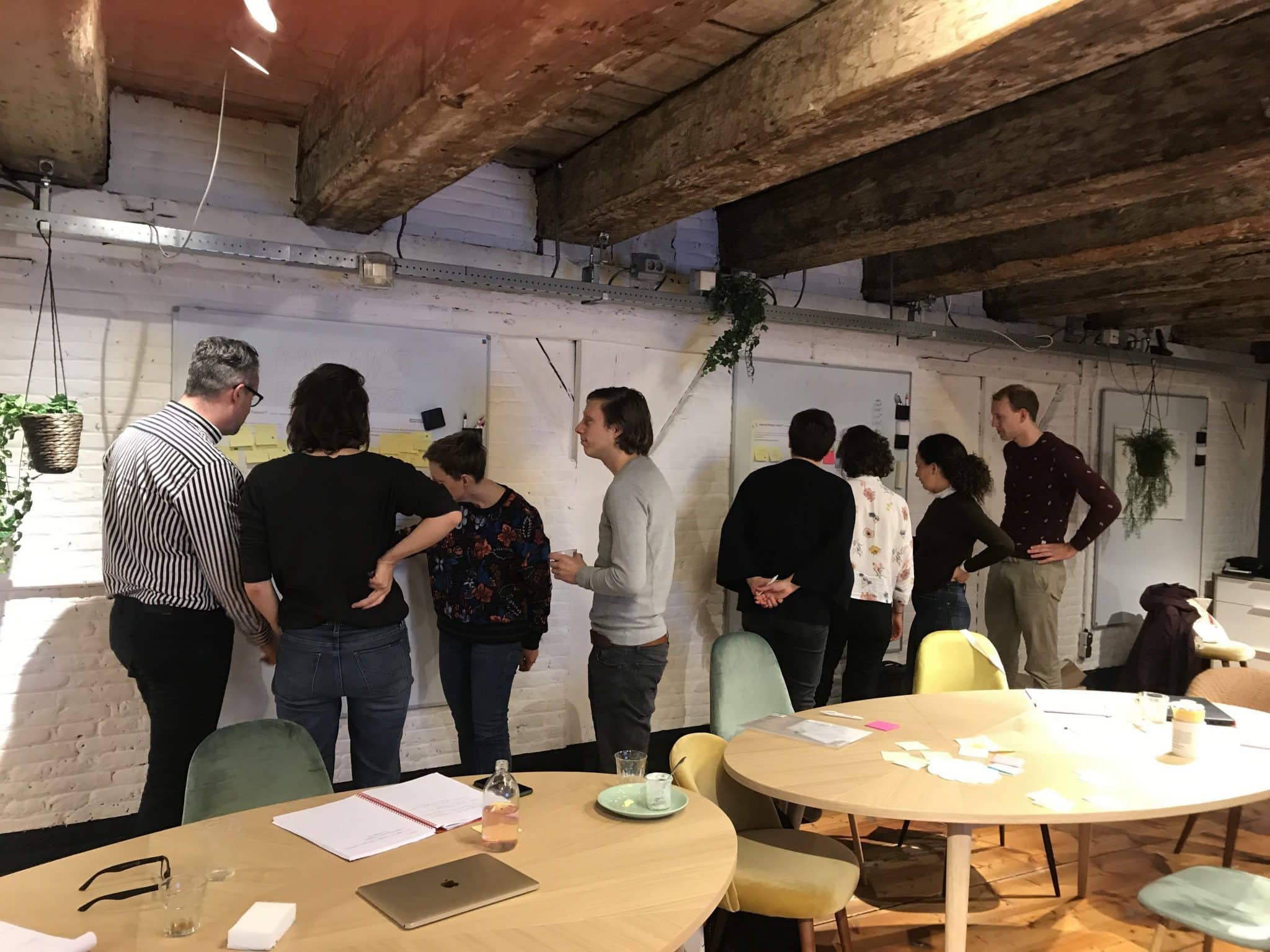
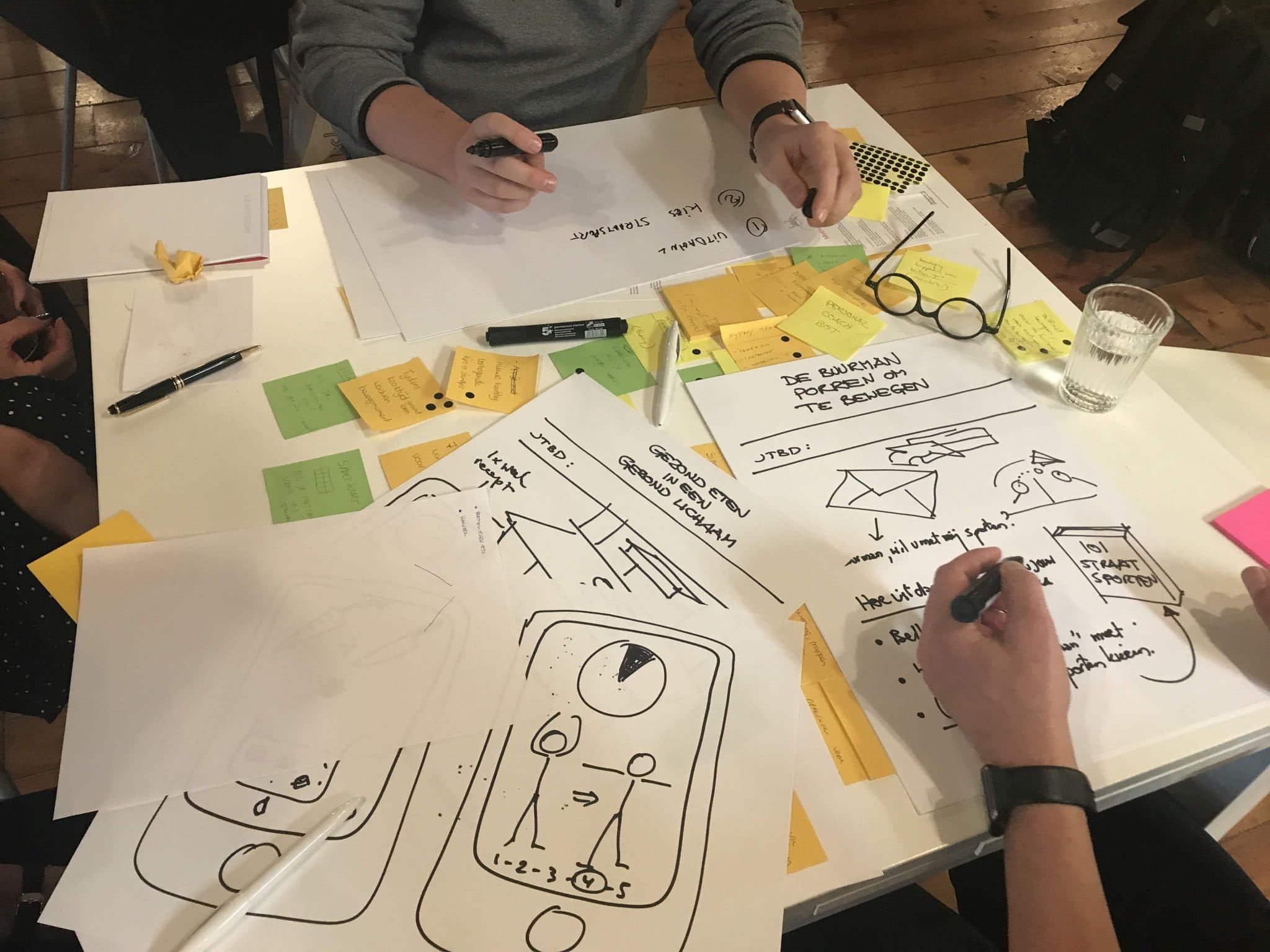




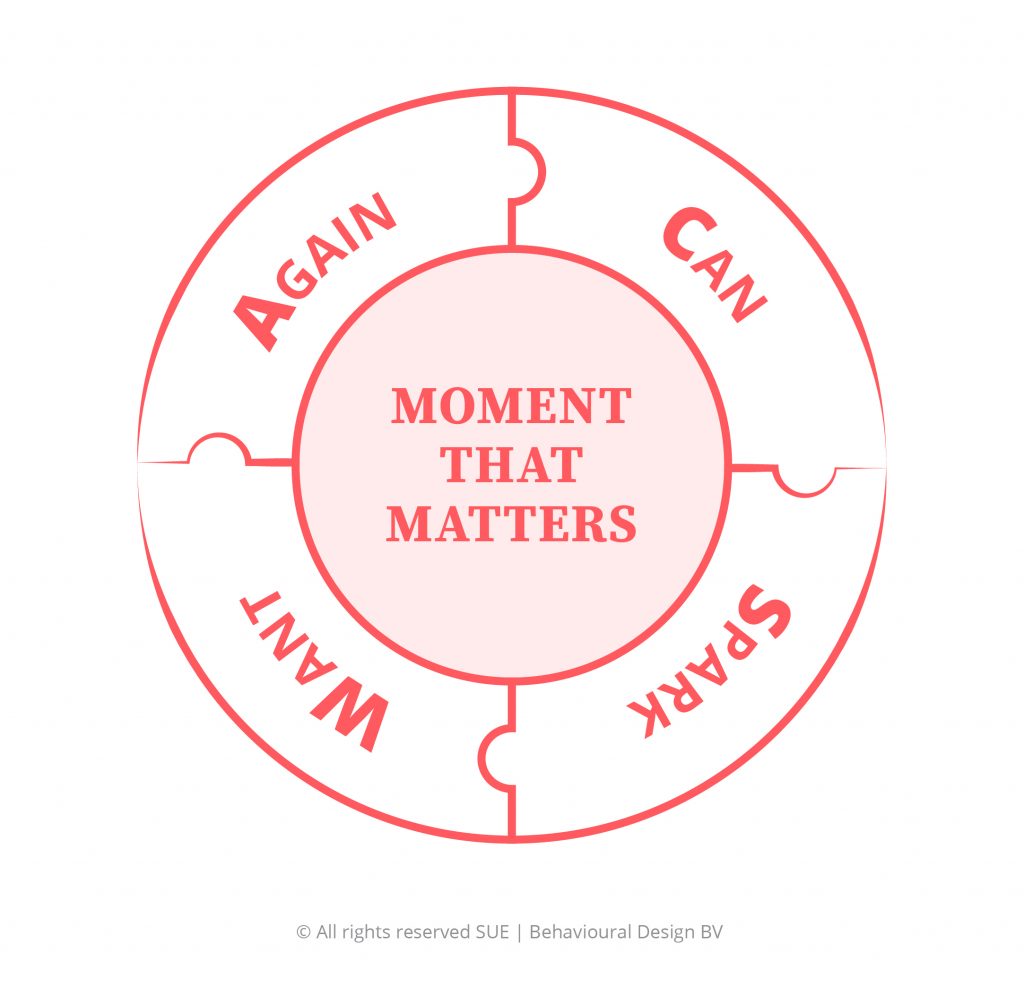
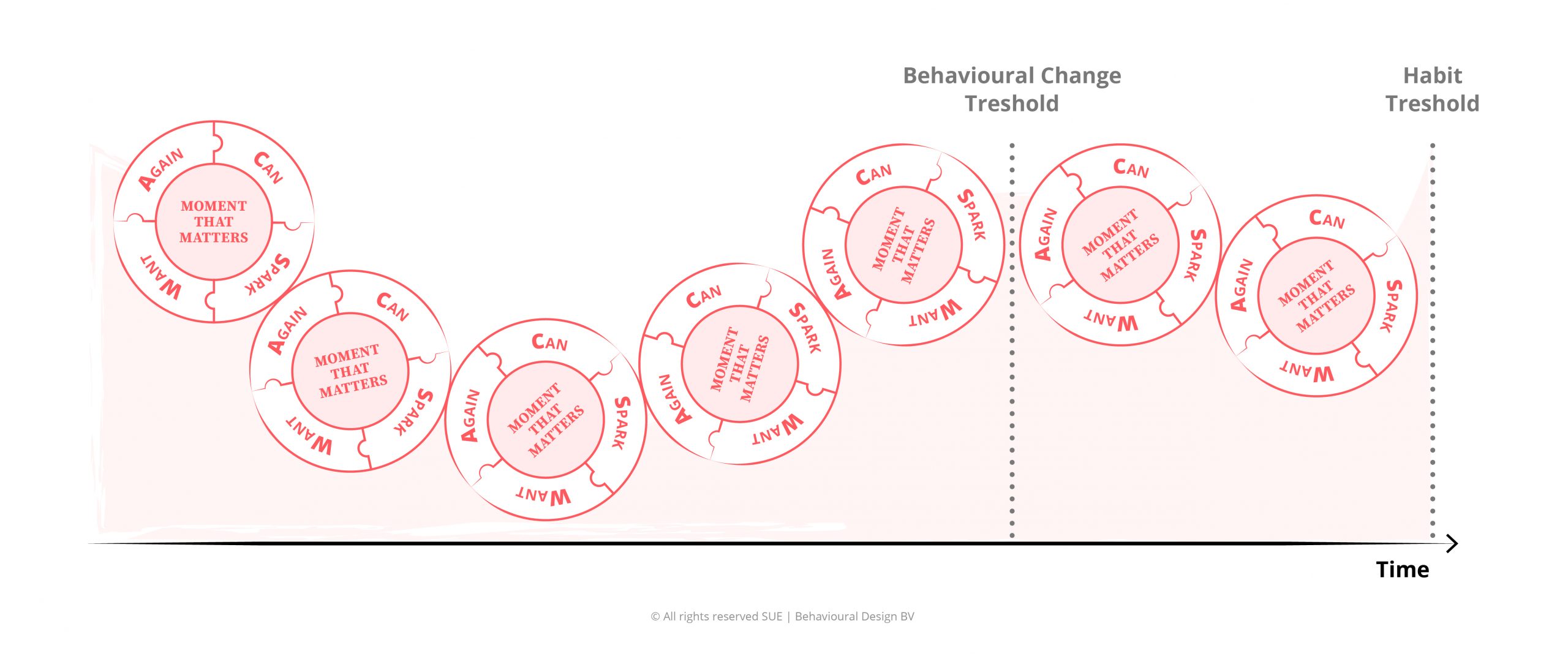

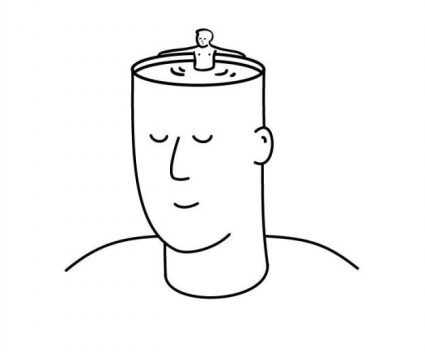
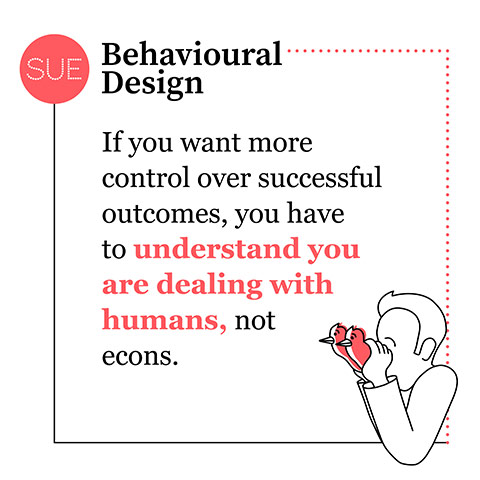




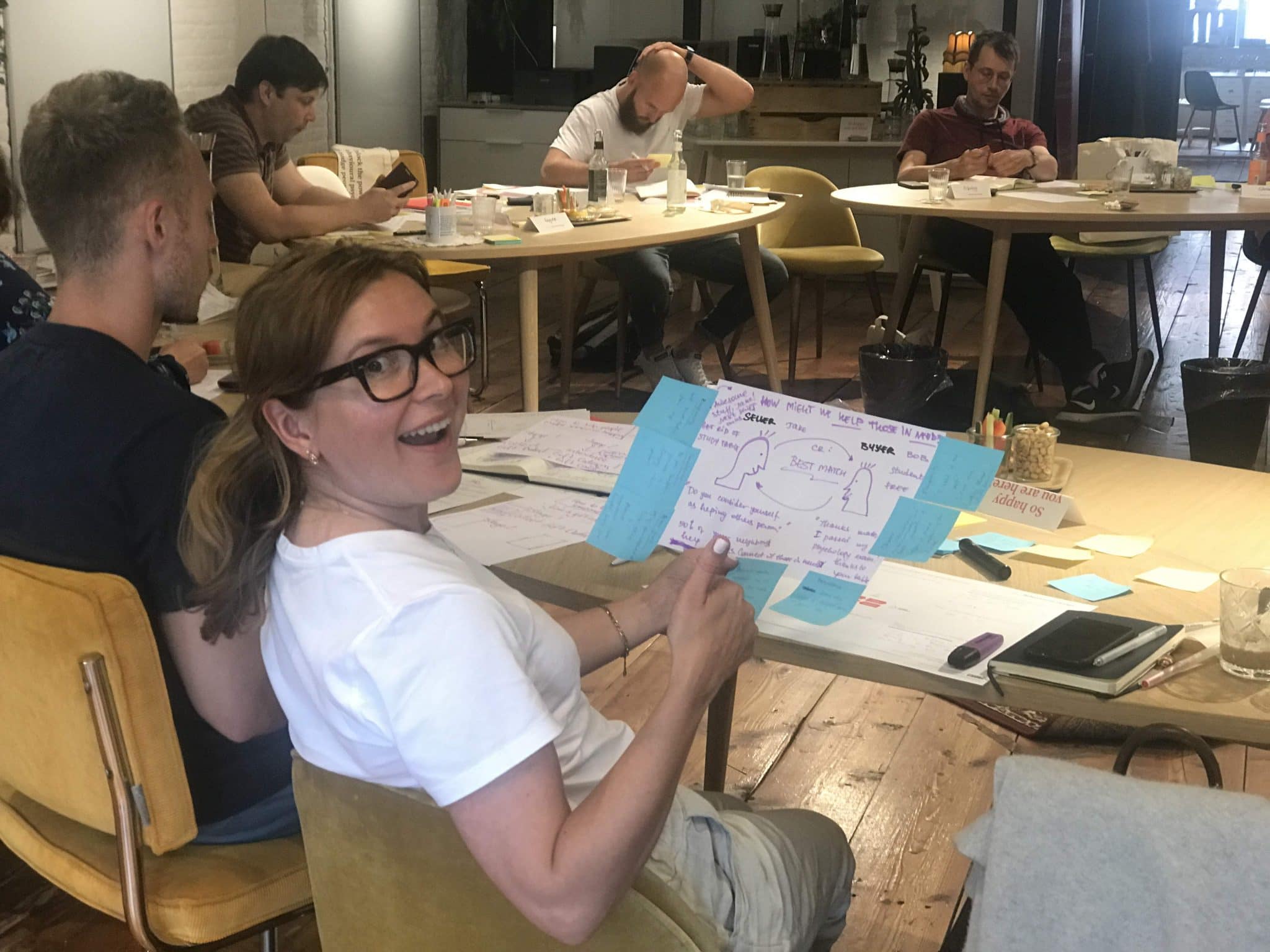


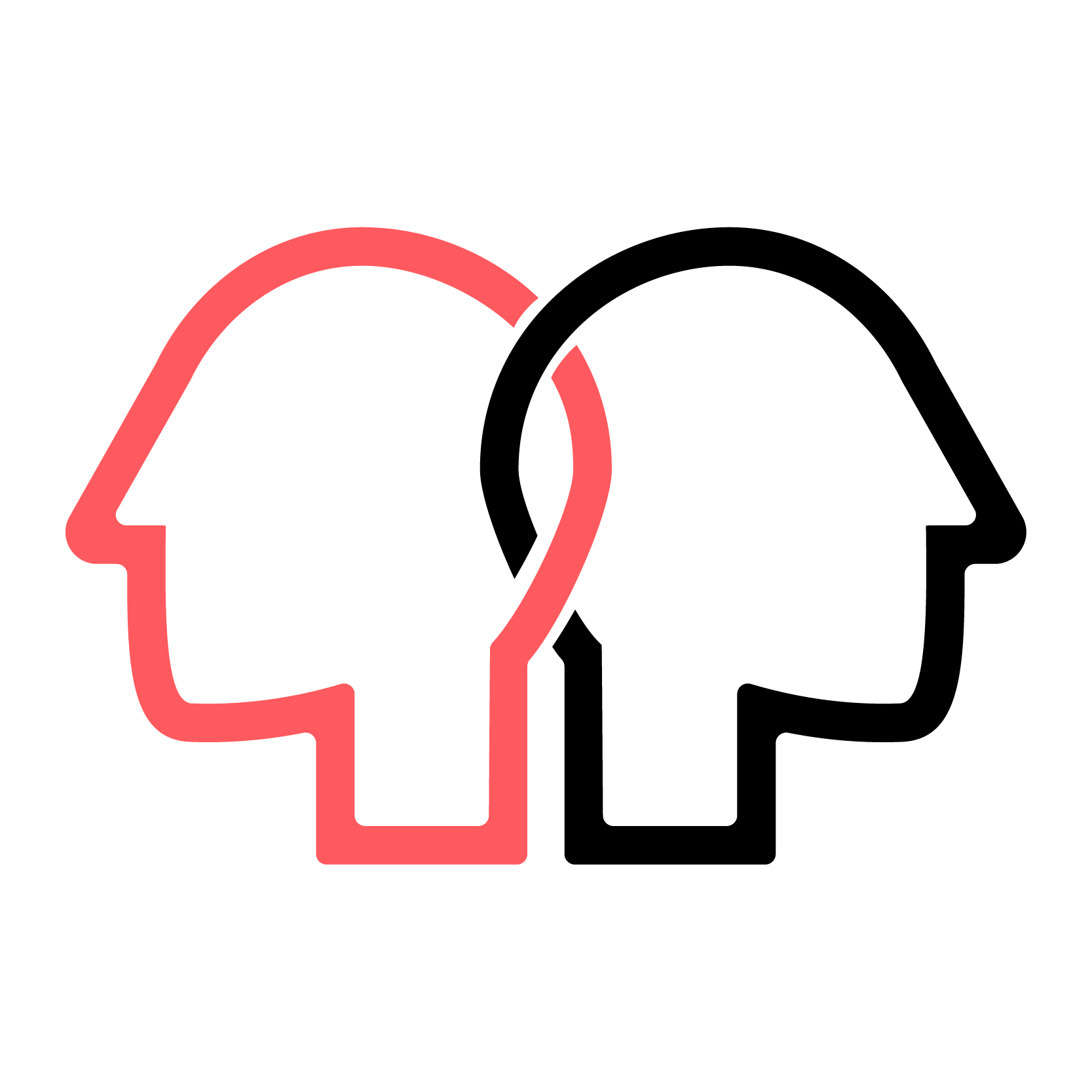 Mental accounting: How humans violate the economic theory
Mental accounting: How humans violate the economic theory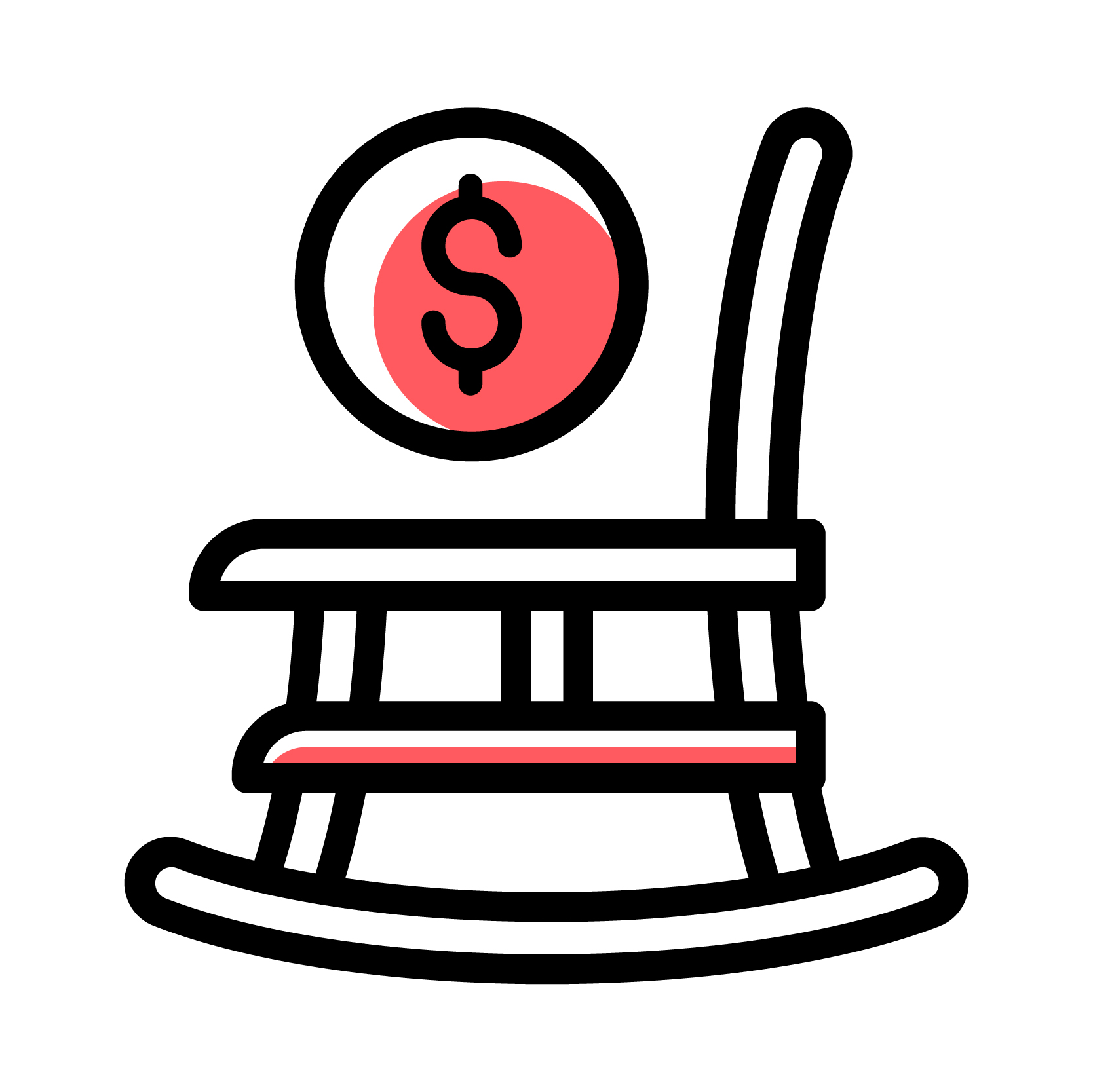
 Mental accounting: The sunk cost effect
Mental accounting: The sunk cost effect Mental accounting: Using it for better decision-making
Mental accounting: Using it for better decision-making Suppose you want to learn more about how influence works. In that case, you might want to consider joining our
Suppose you want to learn more about how influence works. In that case, you might want to consider joining our 
